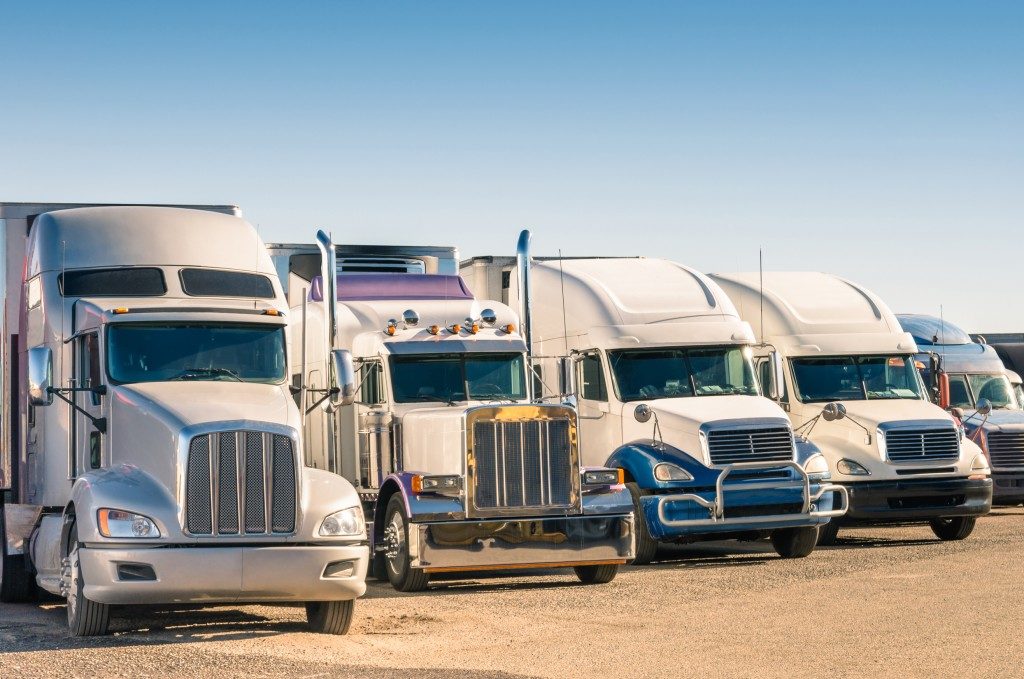Trucking companies transport anything, from commercial goods like bottled products to industrial materials like sheets of galvanized iron. The process of loading these bulky goods requires forklifts, pallet skates, and automatic loading systems. These systems are critical in ensuring that goods on a pallet are lifted properly from the loading dock or warehouse and into a truck.
Getting the goods safely into the truck is essential, but it’s just one aspect of the business. If you’re the business owner, you also need to manage your delivery fleet from the routes taken to your operating cost.
An Overview of Truck Delivery
Truck delivery fleet in America falls under the vehicle shipping services industry, which in March 2019 earned $12 billion. The sector also includes other modes of transport like railroads and ships. But truck drivers number about 3.5 million.
Imagine if all of those drivers were unhappy? Your business might suffer. This is why you must manage your fleet well.
Keys to a Well-managed Delivery Fleet
Your vehicles are poorly maintained. You’re going to have a problem. You don’t manage the routes of your drivers. Problem. Drivers are unhappy. Also a problem. Here are a few ideas for you to consider in managing your delivery fleet to avoid these kinds of issues.

- Understand your primary responsibilities first. You can’t take care of a laundry list of issues without understanding first your primary responsibilities. They are:
- Maintaining accurate data. This includes keeping track of your tucks maintenance histories.
- Managing risks. How you screen your driver and how you enforce safety protocols are essential.
- Data analysis. This involves understanding routes taken and how traffic can be avoided.
- Setting up processes for various scenarios. Accidents on the road or calamities happen. A plan must be in place for situations like these.
- Efficient routes. Profitable routes. This is the reason why you need to collect and analyze data. Finding the best routes for your drivers means the most efficient and, therefore, the most profitable route for your delivery. It won’t happen like magic, and it’s going to be a trial-and-error process, but once you have analyzed your data, you’ll be able to assign the best route for each delivery.
- The expense lines. Know what every expense item means and how it relates to your overall cost of operation. If a job would cost you two times more than just outsourcing it to another transport service company in the area, decide on outsourcing it. You need to understand how each of your mile costs and be able to compare that with other options.
- Maximize technology. Navigation systems in vehicles are becoming more and more advanced. But truck drivers need to rely on turn-by-turn instructions that will give them access to private roads, shipyard docks, and shopping centers. Make sure that you invest in this type of navigational system also.
- Incentivize. Happiness and motivation should be never off of your radar when you’re managing people. Be creative in providing incentives to your team, especially the truck drivers. If you have an HR department, a survey of benefits that they might prefer is a good idea in finding out what will make them happy and motivated. Of course, everything will be within the company’s means.
Review your insurance coverage and work with your team in collecting road scenarios that might help you manage your fleet better. You can still expand this list, but it’s already a good starting point.

